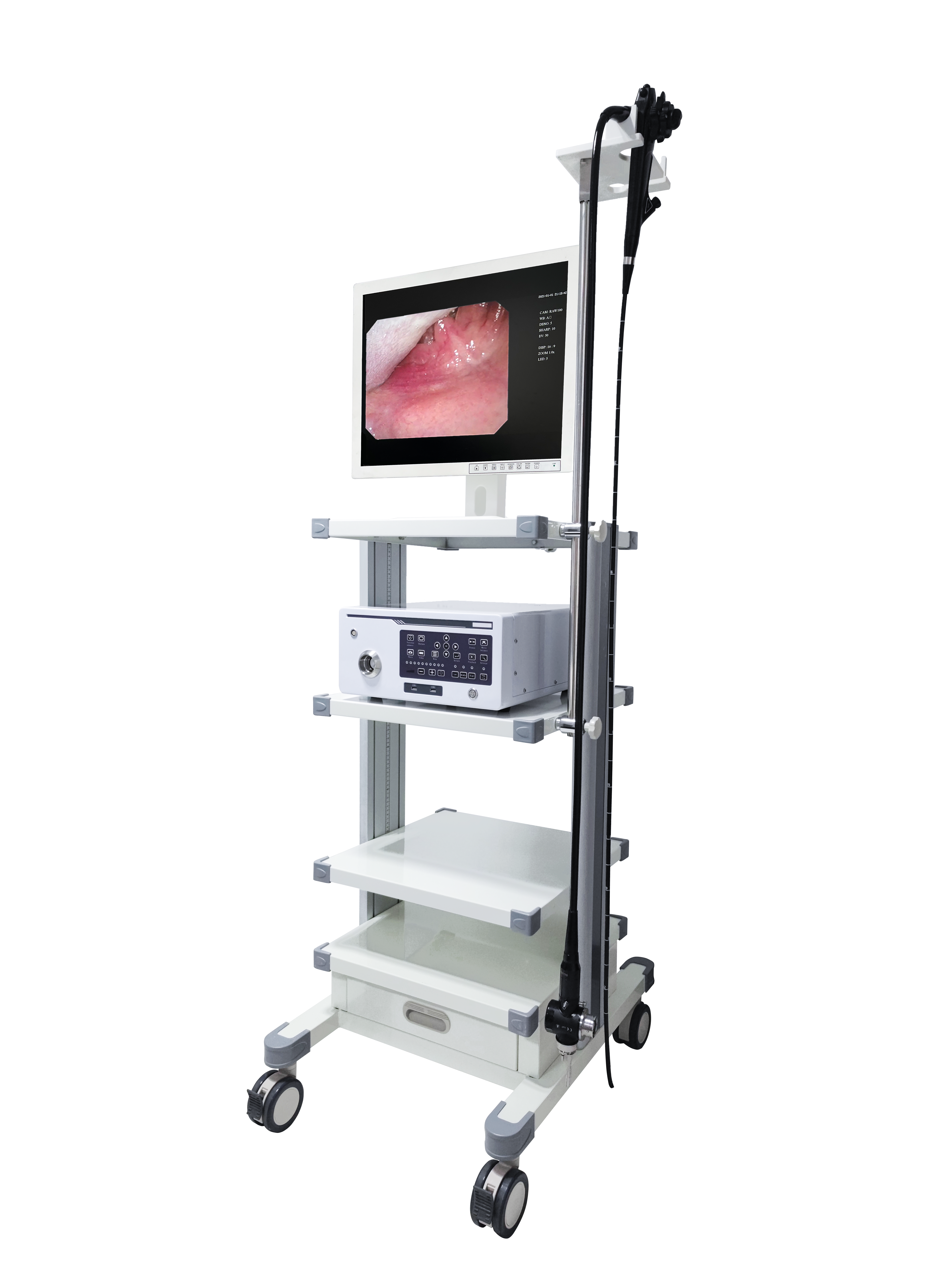Regular health check-ups are essential for all living beings, including our beloved furry friends. In veterinary medicine, the field of diagnostic tools has advanced immensely over the years. One such medical procedure that plays a vital role in diagnosing and treating animals' digestive issues is animal gastroscopy. This minimally invasive procedure offers numerous benefits in assessing digestive health and identifying any underlying conditions. In this blog, we will delve into the intricacies of animal gastroscopy, exploring its advantages, and shedding light on the procedure itself.
Understanding Animal Gastroscopy:
Animal gastroscopy is a veterinary endoscopic procedure that utilizes a flexible tube-like instrument called an endoscope to examine the gastrointestinal tract of an animal. The endoscope is equipped with a light and a camera, enabling veterinarians to visualize the animal's digestive system on a monitor in real-time. This procedure is commonly performed on dogs, cats, horses, and exotic animals.
Benefits of Animal Gastroscopy:
1. Accurate Diagnosis: Animal gastroscopy allows veterinarians to visualize the gastrointestinal tract, from the esophagus to the stomach and small intestine. This detailed evaluation helps in detecting abnormalities such as ulcers, tumors, and foreign bodies accurately. By obtaining direct visual evidence, veterinarians can devise appropriate treatment plans for the animal's condition promptly.
2. Sampling for Biopsy: During gastroscopy, veterinarians can obtain tissue samples or biopsies from the stomach or small intestine. These samples are sent for laboratory analysis, aiding in the diagnosis of underlying diseases such as gastrointestinal inflammation, infections, or even cancer. Biopsies also assist in determining the extent of the condition and enabling appropriate medical interventions.
3. Removal of Foreign Bodies: Often, animals accidentally ingest foreign objects that can cause blockages or damage to the gastrointestinal tract. Animal gastroscopy enables veterinarians to identify and, in many cases, remove these foreign bodies using specialized tools through the endoscope. This minimally invasive approach reduces the need for exploratory surgeries, resulting in faster recovery times for the animals.
The Animal Gastroscopy Procedure:
The process of animal gastroscopy involves a few essential steps:
1. Fasting: To ensure clear visibility and accurate results, animals are required to fast for a period of time before the procedure. Veterinarians provide instructions on when to withhold food and water for the specific animal being evaluated.
2. Anesthesia: Animal gastroscopy requires sedation or general anesthesia, allowing the animal to remain still and comfortable throughout the procedure. The veterinarian will determine the appropriate anesthesia method based on the individual animal's needs.
3. Endoscopic Examination: Once the animal is sedated, the endoscope is gently inserted through the mouth or nose and guided down the throat into the esophagus. The veterinarian carefully navigates the endoscope along the digestive tract, thoroughly examining all areas for any abnormalities, inflammation, or foreign objects.
4. Biopsy or Intervention: If necessary, during the procedure, the veterinarian may collect tissue samples or remove foreign bodies using specialized tools passed through the endoscope.
Conclusion:
Animal gastroscopy has revolutionized the field of veterinary medicine, providing veterinarians with an invaluable tool to assess and treat digestive conditions in animals. With its numerous benefits and minimally invasive nature, this procedure plays a crucial role in ensuring the overall health and well-being of our furry companions. By bringing accurate diagnoses and targeted treatments, animal gastroscopy aims to improve the quality of life for our beloved pets, allowing them to live happier and healthier lives.
Post time: Nov-01-2023





